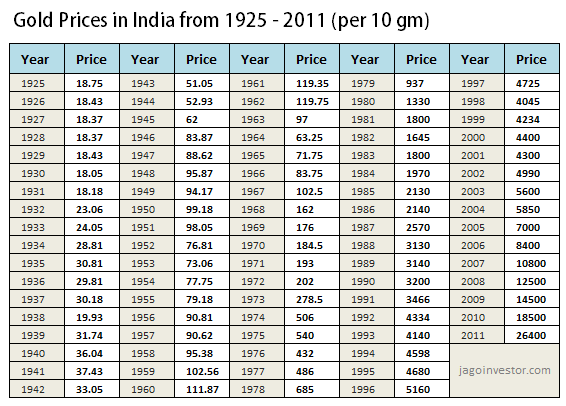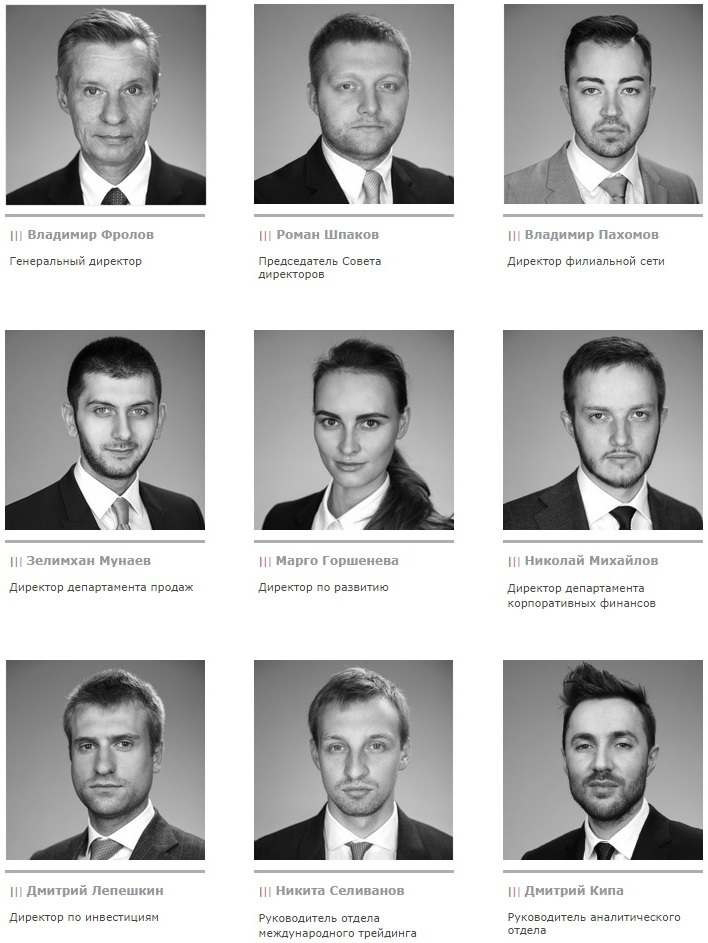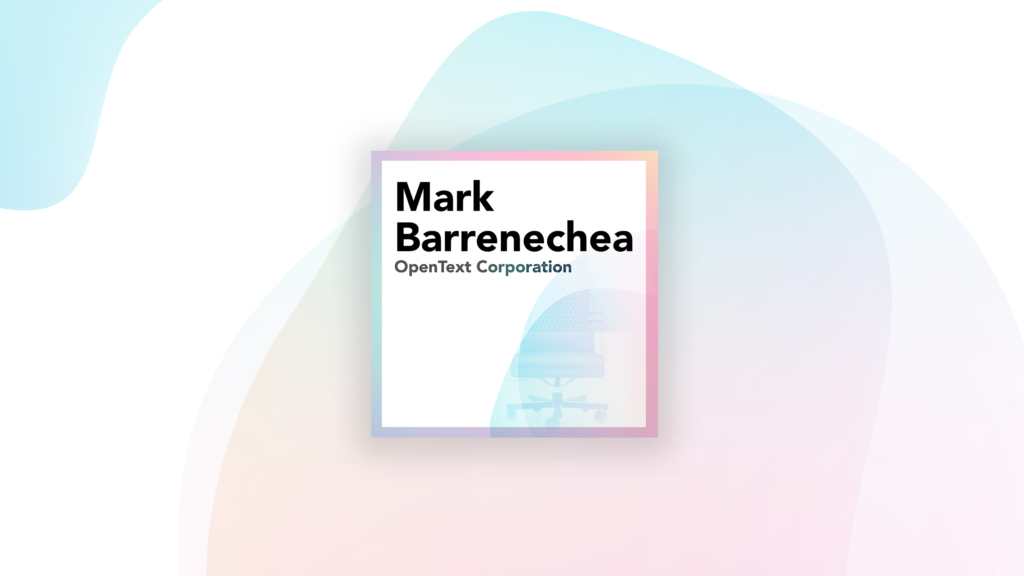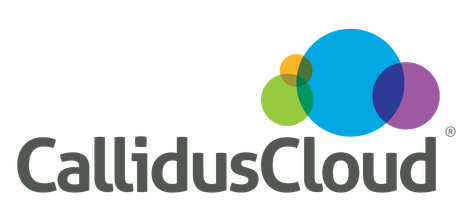
A higher proportion of fixed costs in the production process means that the operating leverage is higher and the company has more business risk. Since the operating leverage ratio is closely related to the company’s cost structure, we can calculate it using the company’s contribution margin. The contribution margin is the difference between total sales and total variable costs. It simply indicates that variable costs are the majority of the costs a business pays. As both companies has similar operating leverage hence both has same business risk. A firm has sales of ₹ 75,00,000, variable cost of ₹ 42,00,000 and fixed cost of ₹ 6,00,000.
- This suggests that liquidity & leverage are intricately intertwined in decisions of that kind.
- Therefore, operating risk rises with an increase in the fixed-to-variable costs proportion.
- An automaker, for example, could borrow money to build a new factory facility.
- In this article, we’ll give you a detailed guide to understanding operating leverage.
Essentially, operating leverage boils down to an analysis of fixed costs and variable costs. Operating leverage is highest in companies that have a high proportion of fixed operating costs in relation to variable operating costs. Conversely, operating leverage is lowest in companies that have a low proportion of fixed operating costs in relation to variable operating costs. If fixed costs are high, a company will find it difficult to manage short-term revenue fluctuation, because expenses are incurred regardless of sales levels. This increases risk and typically creates a lack of flexibility that hurts the bottom line. Companies with high risk and high degrees of operating leverage find it harder to obtain cheap financing.
Operating Leverage: Introduction, Method and Degree
This financial metric shows how a change in the company’s sales will affect its operating income. An operating leverage under 1 means that a company pays more in variable costs than it earns from each sale. This risk arises due to the structure of fixed and variable costs. Fixed costs do not allow the company to adjust its operating costs.
An operating leverage ratio refers to the percentage or ratio of fixed costs to variable costs. A company that has high operating leverage bears a large proportion of fixed costs in its operations and is a capital intensive firm. Should a business increase or reduce the number of units it is producing? Operating leverage is the name given to the impact on operating income of a change in the level operating leverage arises because of of output.
Operating Leverage
Margin permits you to purchase securities at a set interest rate and use it to buy stocks, choices, or futures markets to make an ample amount of money. A measure of this leverage effect is referred to as the degree of operating leverage (DOL), which shows the extent to which operating profits change as sales volume changes. This indicates the expected response in profits if sales volumes change. Specifically, DOL is the percentage change in income (usually taken as earnings before interest and tax, or EBIT) divided by the percentage change in the level of sales output.

Financial leverage arises when a firm decides to finance the majority of its assets by taking on debt. Firms do this when they are unable to raise enough capital by issuing shares in the market to meet their business needs. If a firm needs capital, it will seek loans, lines of credit, and other financing options.
Measuring Operating Leverage
Calculate the Percentage of change in earnings per share, if sales increased by 5%. On the contrary, a low operating leverage presents sufficient indication by providing a high margin of safety when the volume of sales varies. We also find from the above table that when sales increase from 1,00,000 units to 1, 25,000 units, profit increased by 67.57% as compared to 50% and 35.71% of firms B and A respectively. Again when the sales decrease, the percentage decrease in profit is also highest.

For illustration, let’s say a software company has invested $10 million into development and marketing for its latest application program, which sells for $45 per copy. When return on investment is greater than interest on loan funds. When interest on loan funds is less than return on investment . Management wants to maximize EPS and in doing so it also satisfies the primary goal of financial management i e. Maximization of the owner’s wealth as represented by the value of business. Thus, it become clear from the above that if amount of sales changes by 1, profit will be changed by 2.7 times.
Break-Even Analysis and Operating Leverage
Many small businesses have this type of cost structure, and it is defined as the change in earnings for a given change in sales. In fact, operating leverage occurs when a firm has fixed costs that need to be met regardless of the change in sales volume. Operating leverage is the result of different combinations of fixed costs and variable costs. Specifically, the ratio of fixed and variable costs that a company uses determines the amount of operating leverage employed. A company with a greater ratio of fixed to variable costs is said to be using more operating leverage.

Operating leverage results from the existence of fixed operating cost in the cost structure of a firm. The benefit that results from this type of cost structure is that, if sales increase, the company’s profits will also increase correspondingly. The converse is also true—if sales operating leverage arises because of go down, it means lower profits. In fact, the relationship between sales revenue and EBIT is referred to as operating leverage because when the sales level increases or decreases, EBIT also changes. During the 1990s, investors marveled at the nature of its software business.
A firm’s degree of total leverage is equal to its degree of operating leverage its degree of financial leverage . By definition, as financial leverage increases, the cash flow requirements necessary to service additional debt also increases. To make it readily apparent something that is wrong with the typical description of operating leverage, a very simple example is used in Tables 1 and 2.
Gladstone Investment Corporation (NASDAQ:GAIN) Q1 2024 Earnings Call Transcript – Yahoo Finance
Gladstone Investment Corporation (NASDAQ:GAIN) Q1 2024 Earnings Call Transcript.
Posted: Sat, 05 Aug 2023 16:10:23 GMT [source]
In other words, there are some costs that have to be paid even if the company has no sales. These types of expenses are called fixed costs, and this is where Operating Leverage comes from. As it pertains to small businesses, it refers to the degree of increase in costs relative to the degree of increase in sales. The enterprise invests in fixed assets aiming for the volume to produce revenues that cover all fixed and variable costs. Compute the financial leverage for the three plans respectively.
Therefore, the risk of inadequate cash flow is a primary concern in strategic decisions regarding financial structure. This suggests that liquidity & leverage are intricately intertwined in decisions of that kind. Calculate the degree of financial leverage for a firm when its EBIT is ₹ 20,00,000. The firm also has a 9%, ₹ 10,00,000preferred stock issue outstanding. The capital structure of the company consists of equity shares and preference shares. A we already know that the degree of operating leverage depends on the fixed overhead in the total cost structure of a firm.
This means that EBIT varies in direct proportion to the sales level. A financial professional will offer guidance based on the information provided and offer a no-obligation call to better understand your situation. Take your learning and productivity to the next level with our Premium Templates. Someone on our team will connect you with a financial professional in our network holding the correct designation and expertise.
The company spent tens of millions of dollars to develop each of its digital delivery and storage software programs. But thanks to the internet, Inktomi’s software could be distributed to customers at almost no cost. In other words, the company had close to zero cost of goods sold. After its fixed development costs were recovered, each additional sale was almost pure profit.
- Operating leverage occurs when a company has fixed costs that must be met regardless of sales volume.
- In most circumstances, the financing provider will limit the risk it is willing to assume and the amount of leverage it will accept.
- Similarly, high operating cost creates high degree of operating leverage which ultimately invites more operating risk in the field.
- But they should only be discarded after careful consideration of the competitive situations that could arise over the long term.
- In contrast, a company with relatively low degrees of operating leverage has mild changes when sales revenue fluctuates.
- In other words, every additional product sold costs the business money.
Company’s risk and risk of all other firms in the industry is same. When interest on loan funds is greater than internal rate of return . Financial leverage indicates the tendency of EBT to vary disproportionately with operating profit. High financial leverage shows a higher burden of interest cost consequently higher financial risk.